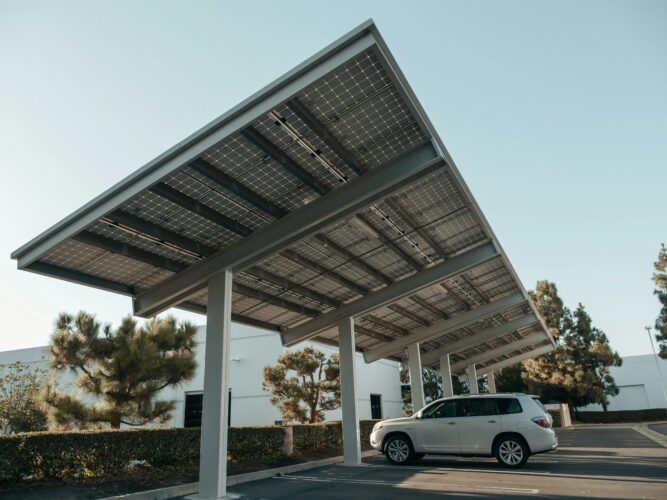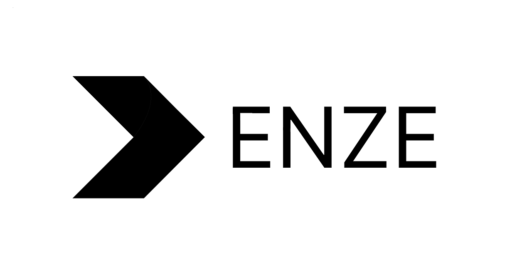Our Location
Solar rails are vital components of solar panel installations, as they play a crucial role in securing solar panels to rooftops or ground-mounted systems. This guide will cover what solar rails are and their benefits.

Table of Contents
ToggleSolar rails, also called solar mounting rails, are horizontal bars that create the structural framework for attaching solar panels. They are typically made of durable materials, such as aluminum alloy or steel, designed to withstand various weather conditions while supporting the weight of the solar panels. These rails are installed parallel to each other and are spaced according to the dimensions of the solar panels.
Roof-mounted rails are the most common type for residential setups. They are space-saving and can often be installed without major alterations to the existing structure.
These are ideal for large-scale installations, such as solar farms. Ground-mounted rails provide flexibility in location and size, making them well-suited for extensive energy generation.
One of the major benefits of using solar rails is the capability to adjust the angle of the panels. Proper panel tilt is essential for maximizing energy production. Mounting rails facilitate easy adjustment of the panel angle, ensuring that they are optimally positioned to seize the maximum amount of sunlight throughout the day. This flexibility is particularly important in areas with changing seasons or varying sun angles.
There are various mounting rail options available for different solar installation setups, whether you have a flat roof, a sloped roof, or a ground-mounted solar system. The versatility of solar rails enables seamless integration with various roofing materials, for example, asphalt shingles, metal, tile, and membrane roofs. This compatibility ensures that solar panels can be installed on many different types of structures.
Solar tracking systems enable solar panels to follow the sun’s path throughout the day, and they can be easily integrated with solar mounting rails. These systems enhance energy production by positioning the panels at the optimal angle to receive sunlight. The compatibility of mounting rails with tracking systems further improves the efficiency and performance of solar panel installations.
Installing solar panels on mounting rails creates a small gap between the roof surface and the panels. This gap enhances air circulation, helping to prevent the solar panels from overheating, which can negatively impact their efficiency. By keeping the panels cooler, the mounting rails contribute to increased energy production and enhanced overall system performance.
When installed correctly, solar panel mounting rails do not penetrate the roof surface, which minimizes the risk of damage or leaks to the underlying structure. The weight of solar panels is evenly spread across the rails, preventing concentrated pressure points that could compromise the roof’s integrity. This protective feature ensures that your solar installation does not negatively affect the longevity of your roof.
Solar rails are designed to withstand harsh weather conditions, for example, heavy snow loads and strong winds. They are engineered to be corrosion-resistant and are often coated with protective finishes to prevent rust and degradation over time. By firmly holding the solar panels in place, these mounting rails enhance the overall durability and longevity of the solar panel system.
Solar rails are designed to ensure a clean and visually appealing installation. These rails are typically low-profile, allowing them to blend seamlessly with the solar panels for a sleek and professional appearance. This aesthetic quality is especially important for residential installations, where homeowners prioritize the overall look of their solar systems.
Installing solar rails is a simple process that professionals or experienced DIY enthusiasts can easily handle. Most mounting rail systems are equipped with pre-drilled holes and standardized components, which streamline the installation process. Furthermore, routine maintenance tasks, like cleaning the solar panels and inspecting the wiring, can be performed more efficiently when the panels are securely mounted on rails.
Investing in solar mounting rails is a cost-effective solution for solar panel installations. These rails securely hold the panels in place and help optimize their angle for maximum energy production. This increased efficiency can lead to higher financial returns over time. Additionally, the durability and longevity of mounting rails reduce the demands for frequent maintenance or replacements, further lowering long-term costs.
Installing solar mounting rails requires careful planning and attention to detail. It is essential to securely attach the rails to the roof or ground structure using the appropriate mounting hardware to guarantee stability and durability. Proper spacing and alignment of the rails are crucial for optimizing solar panel placement and maximizing energy production. In addition, it’s essential to adhere to local building codes and regulations throughout the whole installation process to ensure compliance and safety.
In conclusion, solar mounting rails are essential components of solar panel installations. They provide the structural framework needed to secure solar panels to rooftops or ground-mounted systems. If you’re planning a residential, commercial, or industrial solar project, understanding the advantages of solar mounting rails can significantly influence the performance and lifespan of your solar energy system.

